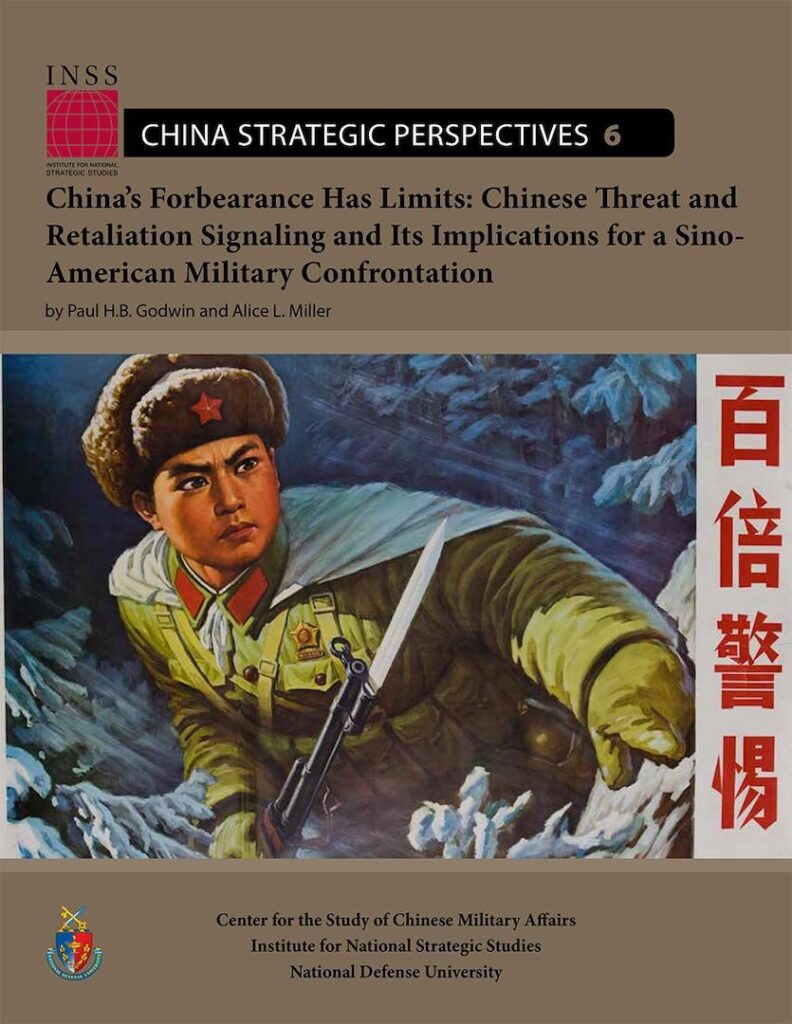In the wake of conflict and chaos in Ukraine, China is embracing the art of adaptation by learning valuable battlefield lessons from the war-torn nation. As Beijing navigates its own geopolitical challenges, it is turning to the experiences of Ukraine to shape its military strategies and enhance its capabilities on the global stage. From weapon systems to cyber warfare tactics, China is closely studying the lessons learned from Ukraine to stay ahead in an ever-evolving landscape of modern warfare. Join us as we explore how China is leveraging the lessons from Ukraine to bolster its military prowess and secure its position in an increasingly competitive world.
Learning from Urban Warfare Tactics
China has been closely studying and implementing urban warfare tactics from the conflict in Ukraine, where military forces engaged in intense urban battles. By observing the strategies used in this type of warfare, China aims to enhance its own military capabilities and readiness for similar scenarios.
Some key takeaways from China’s adaptation of battlefield lessons from Ukraine include:
- Integration of drones and other advanced technology for surveillance and reconnaissance purposes
- Incorporation of counterinsurgency tactics to handle asymmetric warfare situations
- Focus on training special forces units for urban combat operations
Implementing Hybrid Warfare Strategies
China has been closely studying the hybrid warfare strategies used in Ukraine, drawing valuable lessons from the battlefield tactics employed in the conflict. By analyzing the innovative approaches taken by Ukrainian forces, China is incorporating these tactics into its own military doctrine to enhance its capabilities in modern warfare.
One key aspect that China is focusing on is the integration of conventional military forces with unconventional tactics, such as cyber warfare and information operations. By blending traditional military power with non-traditional methods, China aims to create a more well-rounded approach to warfare that can effectively counter modern threats. Additionally, China is investing in advanced technology and modernizing its military infrastructure to adapt to the evolving nature of warfare in the digital age. This strategic shift towards hybrid warfare signals China’s ambition to become a dominant player on the global stage by leveraging both conventional and unconventional means.
Improving Electronic Warfare Capabilities
China is closely monitoring and learning from the recent conflict in Ukraine, particularly when it comes to improving their electronic warfare capabilities. The lessons learned from the Ukrainian battlefield are being analyzed and incorporated into China’s own military strategies. This includes studying tactics, equipment usage, and overall effectiveness of electronic warfare in modern warfare scenarios.
One key aspect that China is focusing on is the integration of electronic warfare into their overall military strategy. By leveraging advanced technologies and implementing tactics learned from the Ukrainian conflict, China aims to enhance their electronic warfare capabilities both defensively and offensively. This strategic shift is crucial in preparing for future conflicts and staying ahead of potential adversaries in the ever-evolving landscape of modern warfare.
Adopting Decentralized Command Structures
China’s military is taking notes from the recent conflict in Ukraine, where decentralized command structures proved to be highly effective in combat situations. By implementing similar strategies, China aims to improve its military efficiency and agility on the battlefield.
One of the key lessons learned from Ukraine is the importance of empowering lower-ranking officers to make quick, independent decisions. This shift in command structure allows for faster response times and better adaptability to changing circumstances. By decentralizing decision-making processes, China hopes to enhance its military’s overall performance and effectiveness in modern warfare scenarios.
| Pros | Cons |
| Enhanced agility | Potential for miscommunication |
| Improved adaptability | Lack of centralized control |
In Summary
As China continues to navigate the complexities of modern warfare, the lessons learned from the battlefield in Ukraine serve as a valuable guide for their strategic planning. By adapting and implementing these insights, China is positioning itself to effectively defend its interests and maintain stability in an ever-evolving global landscape. As the world watches with keen interest, only time will tell how these battlefield lessons will shape China’s future military tactics and diplomatic endeavors.
